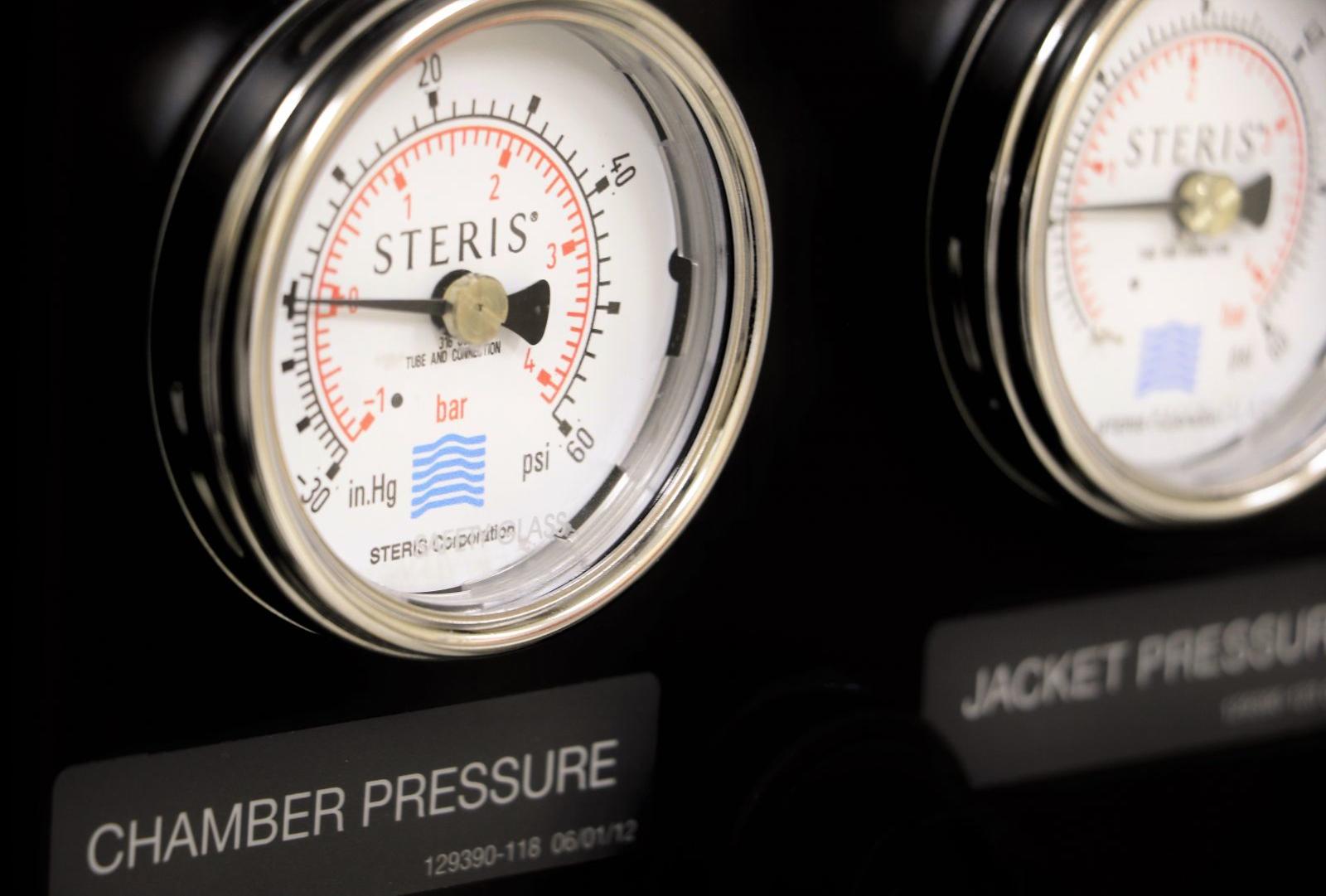Autoclave Safety

Autoclave Safety, Usage, and Maintenance
SAFETY
- Wear proper Personal Protective Equipmment while operating
- Make sure what you are autoclaving is safe to be autoclaved
- Make sure glass is not compromised
- Utilize carriage cart for large units and pull out rack on small units
- NEVER reach into an autoclave chamber
- Carriage must latch and lock onto autoclave before loading rack into chamber - if carriage can be pulled back, it isn’t locked
- Material should be placed on a rack and never directly onto chamber floor
- If logbook is present, please log your cycle information
USAGE
- Utilize secondary autoclave-safe container for liquids to avoid spillage
- Add water to allow for even heating of media
- Material is properly prepared
- Loosely cap containers to avoid over-pressurization
- Tie bags slightly to allow for steam penetration
- Choose correct cycle/time for material (time settings and cycle type descriptions below)
- Prompt removal of material is encouraged
- NEVER interrupt cycles UNLESS it is an EMERGENCY
- Cycle interruptions can lead to incorrect cycle estimates and even possible downtime or maintenance
- Please discard material consistent to EHS guidelines
- Upon first use or waking up from Utility Shutdown, unit should be given 30 minutes to heat up
- Most units are on a Utility Shutdown from 10pm to 8am
- Small units (Model 250LS) have foot pedal door opener [a gentle tap is all that is needed]
MAINTENANCE
- Chamber strainers should be checked weekly and emptied if debris is present
- Inspect door gasket to make sure there are no defects
- Chamber and Jacket Pressure should be between 15-30 psi
REFERENCE GUIDE
|
TEMP SETTING |
LIQ QTY (ml) |
TIME SETTING (Min) |
|---|---|---|
| 250*F (121*C) | 75ml | 25min |
| 250*F (121*C) | 250ml | 30min |
| 250*F (121*C) | 500ml | 40min |
| 250*F (121*C) | 1000ml | 45min |
| 250*F (121*C) | 1500ml | 50min |
| 250*F (121*C) | 2000ml | 55min |
***If liquid amount surpasses 2000ml, multiple cycles should be run***